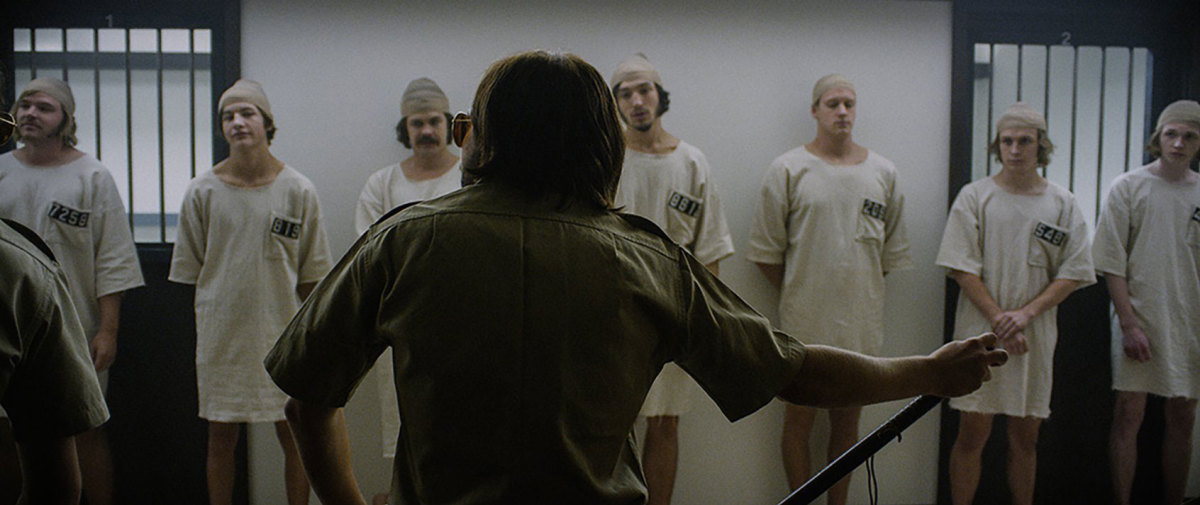Psychological experiments have the potential to make for compelling stories whether it’d be in a book or on the big screen.
Discovering the scientific properties of something is one thing, but two of the more important aspects of storytelling on film are the actors and the characters they represent. This is why experiments based on psychology have a good chance to make for a great product, it challenges the actors to allow the audience to try and see what is on their characters’ minds.
The art of film itself could be considered an experiment to see how the audience reacts to what is shown on the screen. Thus we have this weekend’s movie, The Stanford Prison Experiment, which has actually been in development for over twelve years. It was given a limited release following its presentation at the 2015 Sundance Film Festival.
Does this film based on real life events give the audience thrills, or should they not be subject to this experiment?
The movie tells the story of an actual experiment conducted in the early 1970s conducted by Stanford University psychology professor Phillip Zimbardo.
The experiment was done to see if the personalities of the prisoners and the guards were the chief cause of the intense behavior between them.
He selects fifteen male students to participate in a 14-day prison simulation to take roles as prisoners or guards and pays them $15 per day. It takes place within the basement of the psychology department building.
Unfortunately, some of the students who are paid to portray guards get a little too into their role and display sadistic behavior towards the inmates, the professor himself doesn’t do much to help the situation as well.
The experiment, as well as the movie that features it, are both very thought-provoking. It’s always interesting when a movie gives you a number of topics to debate afterwards.
It’s difficult for a movie based on real life events to be left up to interpretation, but it opens up for discussion on morality, who is to blame for the respective scenarios, and the results overall.
What helps cement the film’s success even further are the actors, primarily Billy Crudup, Ezra Miller, and Michael Angarano. They play a huge part in which you like these people or not, whether you feel sympathy for them or just love to hate them.
The guards are vicious, but the people behind the experiment may arguably even more vicious for allowing some of this abusive behavior to happen in the first place.
Some characters emotionally transform from the traumatizing experience, and the actors manage to pull it off.
However the film isn’t without its flaws. It is worth noting that this is not the first time someone has adapted this experiment, but since I have not seen the 2010 film The Experiment, I am unable to draw comparisons for those that are curious.
I understand that the filmmakers want to make the audience experience plenty of shock value, but some of the violence can get monotonous after a while, reminded me a little bit of Passion of the Christ with the amount of overplay.
Some parts of the film just felt like they overstayed their welcome as well, it probably could have been cut down by 10 to 15 minutes. If you want to have shock value, it’s important to pace it properly and not over rely on it.
That being said, the Stanford Prison Experiment was a decent experiment. Even if it did drag at some parts and tried to push its shock value a bit too much, it still can make for compelling discussions and has some fantastic work by all the actors involved.
I didn’t regret giving it a watch, but hopefully the writers and directors can learn to pace themselves a little better in their next project.
